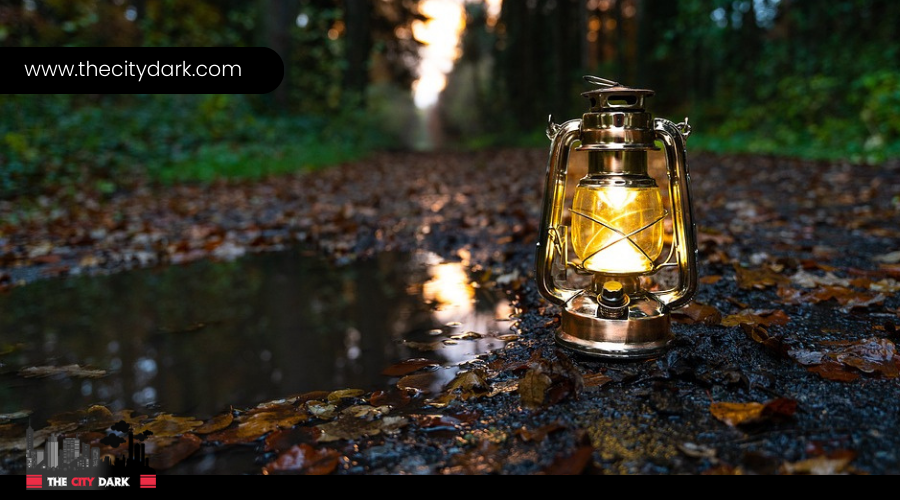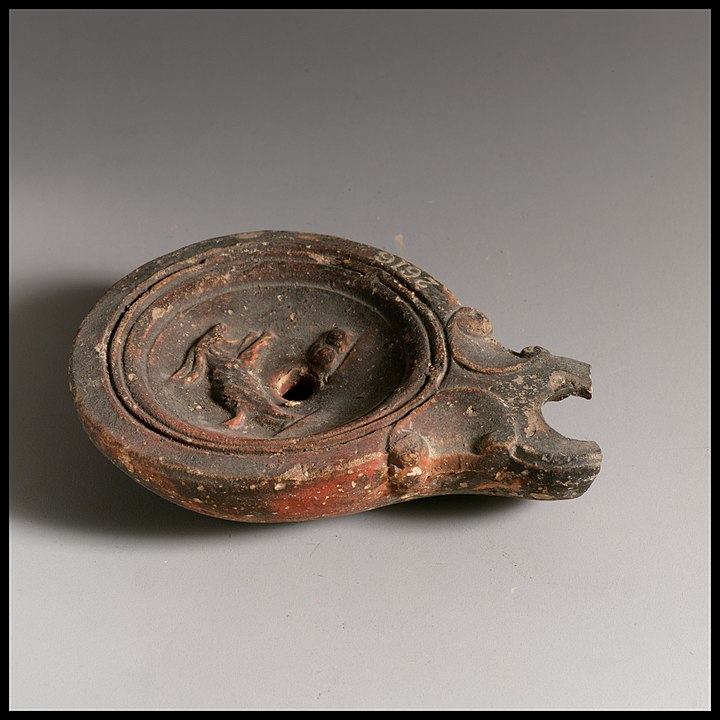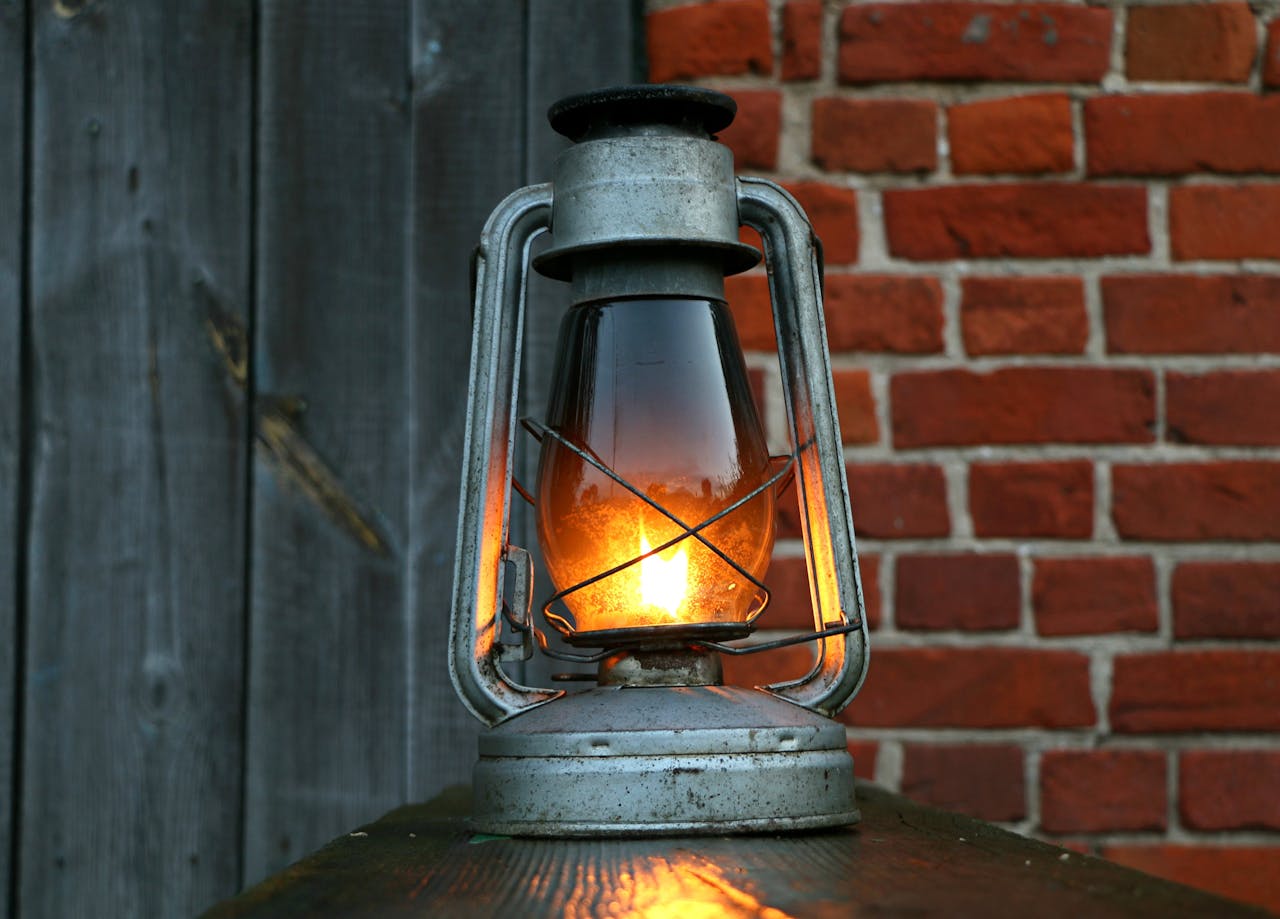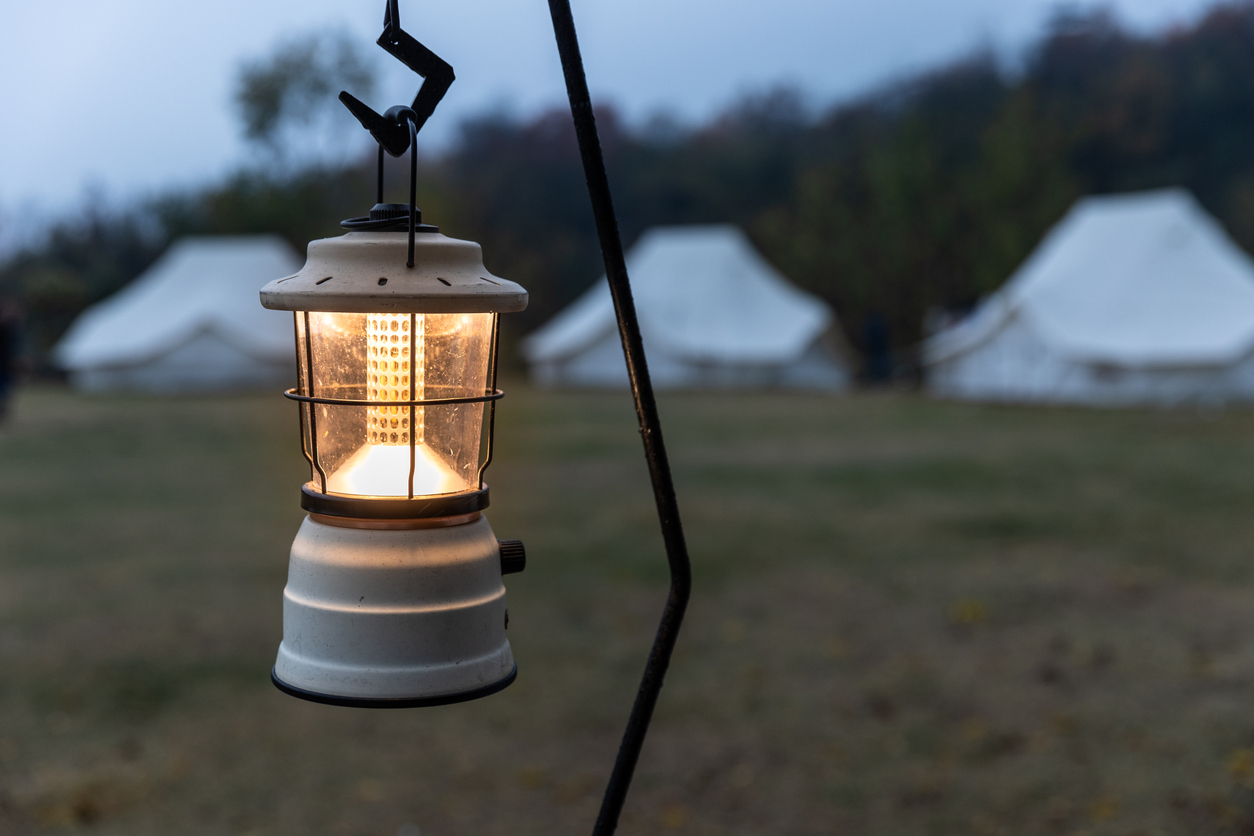Since the dawn of time, or at least since humans decided stumbling around in the dark was a suboptimal way to live, lanterns have illuminated our path, quite literally saving our skins in survival situations.
You’ve likely never given much thought to the humble lantern’s epic journey from a fire encased in shells or hollowed stones to the sleek, battery-powered beams that light our way today. This evolution is not just a tale of technological advancement but a reflection of humanity’s relentless pursuit to conquer the darkness that surrounds us.
As we trace the path from the early fire encasements to the LED revolution, you’ll discover how these luminous devices have been more than just sources of light; they’ve been lifesavers, guides, and faithful companions through the ages.
So, let’s take a closer look at how each leap in lantern technology has been a beacon of hope, guiding humanity through the shadows of uncertainty towards a brighter, illuminated future.
Key Takeaways
- Lanterns have played a crucial role in human history, providing warmth, light, and security in various settings.
- The evolution of lanterns has seen advancements in materials, fuel sources, and design, leading to safer and more efficient lighting options.
- The transition from oil lanterns to electric lanterns eliminated the risk of fire and offered brighter and more consistent illumination.
- Battery-powered lanterns and LED technology have further enhanced portability, efficiency, and longevity, making them ideal for survival situations.
Early Fire Encasements
Ancient civilizations harnessed the power of fire for survival by crafting early fire encasements from materials like clay, stone, or metal. These ingenious creations were more than just a means to an end; they were the precursors to the modern lanterns you’re familiar with today.
The history of lanterns, you see, is deeply intertwined with these early attempts to control and utilize fire. By containing flames within these encasements, our ancestors could safely transport and store fire. This was crucial, not just for the obvious benefits of warmth and cooking, but also for the security and light they provided in the darkness of night.
Imagine the relief of being able to carry a source of light and heat from one place to another without the fear of sparking a wildfire. That’s what these early fire encasements offered. They laid the groundwork for the development of portable light sources, evolving into the lanterns used in survival situations today.
Roman Oil Lamps
Building on the innovations of early fire encasements, the Romans refined the concept further by introducing oil lamps made of Terra Cotta, using olive oil to cast a steady glow in their homes and public spaces. These roman oil lamps, a significant leap in the history of lighting, harnessed the readily available olive oil, transforming it into a reliable light source. You’d find these lamps in various corners of Roman life, from the bustling markets to the intimate settings of a family dinner.
The design of these lamps was as practical as it was artistic. Featuring a shallow dish to hold the olive oil, a spout for the wick, and sometimes a handle for easy carrying, these lamps were a testament to Roman ingenuity. Over time, the shapes, handles, and decorative elements of these lamps evolved, reflecting the changing tastes and technological advancements of the era.
These roman oil lamps weren’t just confined to indoor use. They illuminated businesses, entertainment venues, and even outdoor gatherings, proving their versatility. Excavations in places like Pompeii have unearthed these lamps, offering a glimpse into the daily lives of the Romans and the role these lamps played in their survival and comfort.
Medieval Beeswax Candles
Transitioning into the Middle Ages, beeswax candles emerged as the preferred choice for lighting lanterns, admired for their cleaner, brighter flame compared to tallow alternatives. Medieval beeswax candles weren’t just a source of light; they were a symbol of status and an essential element in religious ceremonies and noble households.
- Why medieval beeswax candles stood out:
- Cleaner, brighter flame: Unlike the sooty and dim light of tallow candles, beeswax candles provided a much-needed clarity in the dark ages.
- Pleasant scent: Burning these candles filled the room with a subtle, honey-like fragrance, making them desirable for indoor use.
- Symbol of wealth: Due to the labor-intensive production process, owning beeswax candles was a sign of wealth and high social status.
Incorporating beeswax candles into candle lanterns was a significant advancement. Not only did they enhance the quality of light, but they also contributed to the aesthetic and olfactory ambiance of medieval interiors. Whether you were part of a religious ceremony or residing in a noble household, the warm glow and sweet scent of medieval beeswax candles in lanterns were a luxury to behold.
17th Century Glass Lanterns
As we explore further into the evolution of survival lanterns, you’ll find that the 19th Century introduced glass lanterns, marking a significant leap in lighting technology. These lanterns, often featuring glass windows, offered a clear view of the flame, enhancing both the light’s brightness and efficiency. It was a time when the kerosene lantern emerged as a popular choice, fueled by its namesake, kerosene, to provide a steady and reliable source of light. This development was crucial, especially in situations where survival hinged on the ability to see clearly after dusk.
The addition of glass to lanterns wasn’t just about functionality; it also brought an element of style and craftsmanship that hadn’t been seen in earlier lighting tools. These 19th Century Glass Lanterns weren’t only practical but also stylish, fitting various settings from homes to exploratory camps. Their design spoke of an era that bridged the gap between the traditional flame and the upcoming era of electric light, setting the stage for future innovations in lighting.
As you’ve seen, the journey from the rudimentary lighting solutions of the past to the sophisticated kerosene lanterns of the 19th Century was a pivotal moment in the history of survival lanterns.
Whale Oil and the Industrial Revolution
During the Industrial Revolution, whale oil became the fuel of choice for lanterns due to its clean and bright flame. This period marked a significant shift in lighting technology, bringing whale oil to the forefront of survival and daily use. Imagine, you’re navigating the dimly lit streets of a bustling industrial city; it’s whale oil that lights your way, offering a glimpse into a world powered by the sea’s giants.
- Why Whale Oil?
- *Clean and Bright Flame*: Its superior quality made it ideal for lanterns, casting a reliable light in the darkest of nights.
- *Mass Production*: The Industrial Revolution’s machinery and distribution networks ensured whale oil was widely available.
- *Global Trade*: Whale oil became a commodity, traded across oceans, connecting continents in a web of maritime commerce.
However, this demand had a dark side. It contributed to the decline of whale populations, a stark reminder of industrial progress’s environmental impact. As you hold a lantern, you’re not just holding a tool of survival but a piece of history, a reminder of the balance between innovation and conservation.
Kerosene Era Innovations
Following the decline of whale oil’s dominance, the kerosene era introduced significant advancements in lantern technology. Francois-Pierre Aime Argand was at the forefront, inventing the first efficient oil lamp in the late 1700s. This innovation featured a fuel tank, controlled wick, and glass globe, setting the stage for future kerosene era innovations.
Then came John Irwin, who patented both hot blast and cold blast lanterns in 1869 and 1873, respectively. His designs significantly improved flame protection from gusts and enhanced the efficiency of lanterns. The Dietz company, recognizing the potential, produced millions of cold blast kerosene lanterns. Today, the legacy continues with the Feuerhand company in Germany producing the #276 Baby Special lantern, a testament to enduring kerosene era innovations.
These kerosene lanterns, like the Feuerhand #276, offer a warm and inviting light. They’re perfect for dining and creating a cozy atmosphere. Running for hours on a single fill, they remain silent, and their golden yellow flame adds a comforting touch.
Despite being slightly more cumbersome than 12V appliances, kerosene lanterns have a unique charm, making them a favorite for those who appreciate both tradition and practicality.
Electric Lanterns Emergence
With the late 19th century came the introduction of electric lanterns, offering a safer and more convenient alternative to the traditional oil-based options. This shift didn’t just happen overnight. It was the culmination of advancements in electrical technology that laid the groundwork for what you now recognize as a modern necessity in survival situations.
Electric lanterns’ emergence was a game-changer, transforming how people approached lighting in both indoor and outdoor settings.
- Why Electric Lanterns Took Over
- *Safety*: Electric lanterns eliminated the risk of fire that came with oil lanterns since they don’t rely on combustible fuels.
- *Consistency and Brightness*: Offering a brighter and more consistent light source, they quickly became the preferred choice for many.
- *Advancements in Technology*:
- The spread of electric power systems made them more accessible.
- The development of LED technology further enhanced their appeal, making them energy-efficient and long-lasting.
Today, electric lanterns continue to evolve, providing you with reliable, efficient, and versatile lighting options. Whether you’re camping in the wilderness or preparing for an emergency, the electric lantern stands as a testament to human innovation in survival situations, offering a light source that’s both portable and rechargeable.
Battery-Powered Advancements
Battery-powered advancements have significantly enhanced the portability and efficiency of lanterns, making them indispensable for modern outdoor adventures. Gone are the days of lugging around heavy, fuel-dependent lanterns. Today, you’re equipped with LED lanterns powered by batteries that shine bright for hours, ensuring you’re never left in the dark.
These lanterns aren’t just a light source; they’re a testament to the strides made in lighting technology, offering long-lasting and energy-efficient illumination perfect for any escapade into the wild.
Moreover, rechargeable battery-powered lanterns are doing wonders for the planet by eliminating the need for disposable batteries or fuel. They’re an environmentally friendly lighting solution that you can rely on, time and again. With adjustable brightness settings, these lanterns adapt to your needs, whether you’re setting the mood at a Lantern Festival or navigating through pitch-black trails. Plus, the inclusion of features like USB charging ports means you can keep your devices powered up, blending ancient light with modern convenience seamlessly.
Battery-powered advancements have truly revolutionized the way we light our way in the great outdoors, marrying tradition with innovation in a compact, versatile package.
LED Revolution
LED technology has lit up the lantern industry, offering unparalleled energy efficiency and durability to outdoor enthusiasts. You’ve probably noticed that LED lanterns have become the go-to source of light for camping, hiking, and emergencies. This isn’t by chance. The leap from traditional to LED lamps revolutionized how we think about portable lighting.
Here’s why LED lanterns are your best bet for reliable illumination:
- Longer Battery Life
- *No more frequent battery swaps*: LED lamps draw less power, which means your lantern can shine for hours or even days longer than traditional models.
- Brighter Illumination
- *See further and clearer*: The intensity of light from an LED source outshines old-school lanterns, making your nighttime activities safer and more enjoyable.
- Compact and Portable
- *Take them anywhere*: Thanks to their efficient design, LED lanterns pack a lot of light into a small package, making them perfect for any adventure.
Whether you’re setting up camp, navigating a power outage, or just need a reliable light source, LED lanterns have you covered. Their combination of efficiency, durability, and portability makes them the ultimate choice for any situation where light is essential.
Future of Survival Lighting
As we look ahead, the evolution of survival lighting is set to embrace cutting-edge technology, offering brighter, more sustainable solutions for adventurers and emergency situations alike. Gone are the days when you’d rely solely on an oil lantern to navigate through the dark. The future shines bright with advanced LED technology, ensuring you’re never left in the dark again.
Solar-powered lanterns are stepping up as champions of sustainability, providing reliable lighting without the need for conventional fuel sources. Imagine harnessing the power of the sun to light up your campsite or emergency shelter, moving away from the traditional oil lantern dependency.
| Feature | Benefit |
|---|---|
| Advanced LED Technology | Bright, long-lasting illumination |
| Solar Power | Sustainable and reliable lighting solutions |
| Compact Design | Easy transportation and versatile use |
| Smart Lanterns | Adjustable brightness and remote control |
These innovations not only offer practical solutions but also ensure that your survival lighting needs are met with efficiency and ease. Whether you’re trekking through the wilderness or facing an unexpected power outage, the future of survival lighting is equipped to brighten your path forward.
Conclusion
Throughout history, you’ve seen lanterns evolve from simple fire encasements to sophisticated LED devices. Beginning with the Romans and their oil lamps, moving through the medieval use of beeswax candles, to the adoption of whale oil during the Industrial Revolution, each advancement brought you closer to today’s efficient, battery-powered lights.
Now, in the LED era, you’re experiencing the pinnacle of survival lighting. As technology progresses, you can only imagine how much more innovative and effective your future lighting solutions will become.




